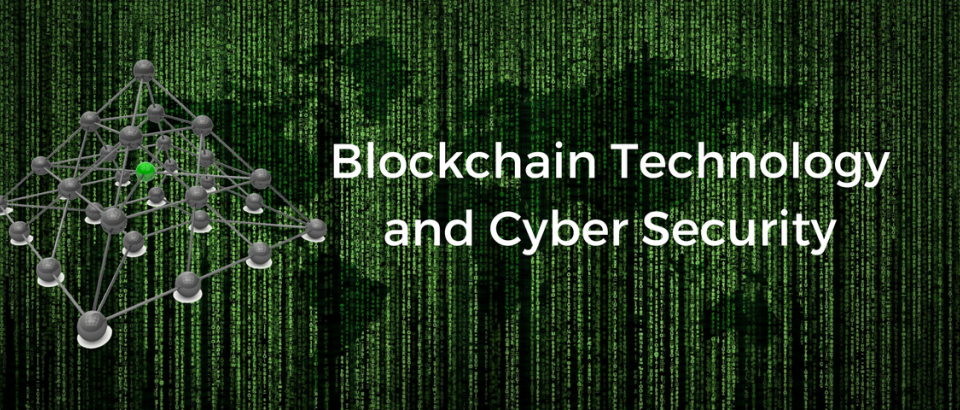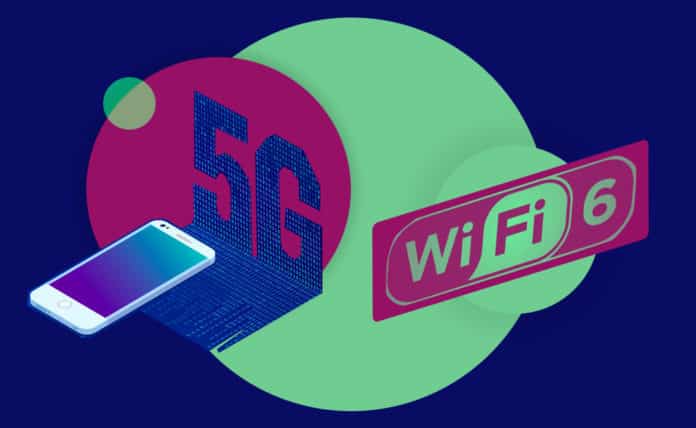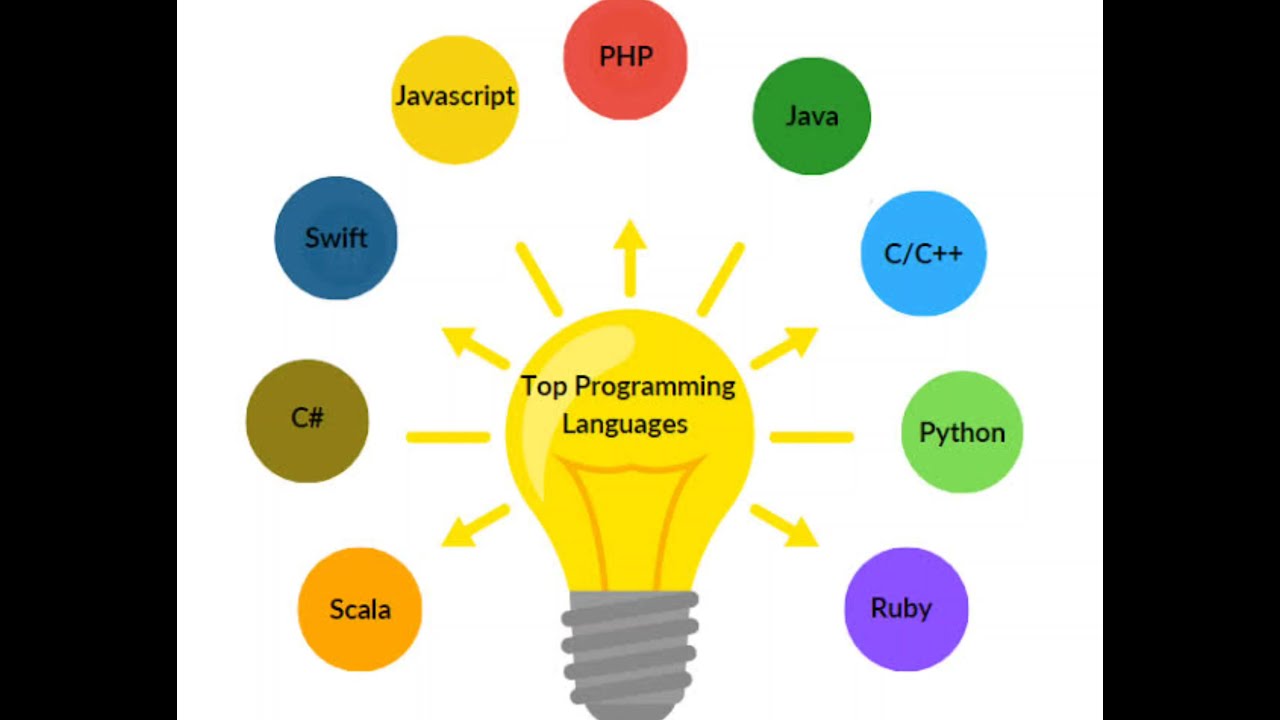How Blockchain is Revolutionizing Cybersecurity
In today’s digital age, cybersecurity threats are growing more sophisticated and frequent. As organizations struggle to protect sensitive data from hackers, blockchain technology has emerged as a powerful tool to bolster digital defenses. Originally known as the backbone of cryptocurrencies like Bitcoin, blockchain is now proving its worth in securing systems and data across various industries. But how exactly is blockchain revolutionizing cybersecurity?
What is Blockchain?
At its core, blockchain is a decentralized, distributed ledger that records transactions across multiple computers. It is immutable (cannot be changed), transparent, and secure by design, making it an ideal technology for enhancing cybersecurity.
- Decentralization Reduces Single Points of Failure
Traditional centralized systems store data on a single server, making them prime targets for cyberattacks. In contrast, blockchain’s decentralized structure distributes data across a network, eliminating single points of failure. This significantly reduces the risk of ransomware attacks, DDoS assaults, and data breaches.
- Immutable Records Prevent Data Tampering
Each block in a blockchain is cryptographically linked to the previous one. Once data is written to the blockchain, it cannot be altered without altering every subsequent block, which is nearly impossible without controlling the entire network. This immutability ensures data integrity and makes it extremely difficult for hackers to tamper with information.
- Enhanced Identity and Access Management
Blockchain offers advanced identity verification through cryptographic techniques. It allows for self-sovereign identity systems, where users control their own digital identities without relying on centralized authorities. This minimizes identity theft, phishing attacks, and unauthorized access.
- Smart Contracts Automate Security Protocols
Smart contracts are self-executing codes stored on the blockchain that automatically enforce rules and conditions. In cybersecurity, smart contracts can automate authentication, authorize actions, and trigger alerts, all without human intervention. This reduces human error and speeds up incident response.
- Secure IoT Devices
The Internet of Things (IoT) is a major vulnerability in many networks. By integrating blockchain into IoT systems, devices can securely communicate and verify each other, preventing spoofing and unauthorized access. Blockchain’s distributed nature also helps manage the enormous data generated by IoT networks more securely.
- Transparent and Auditable Transactions
One of the standout features of blockchain is its transparency. Every transaction on the blockchain is visible to authorized participants and can be audited in real-time. This enhances accountability and helps organizations quickly detect suspicious activities.
Real-World Use Cases
- IBM and Maersk use blockchain to secure global shipping data.
- Estonia has implemented blockchain to protect government records and citizen data.
- Healthcare providers use blockchain to securely share medical records while complying with privacy regulations like HIPAA.
Challenges and Considerations
Despite its benefits, blockchain isn’t a silver bullet. Scalability, energy consumption, and integration with existing systems remain hurdles. Moreover, blockchain’s effectiveness depends on proper implementation and widespread adoption.
Conclusion
Blockchain is more than just a buzzword — it’s a transformative force in cybersecurity. With its decentralized, transparent, and immutable design, blockchain offers a robust solution to many of today’s cyber threats. As the digital world evolves, integrating blockchain into cybersecurity strategies could be the key to building safer and more resilient systems.



